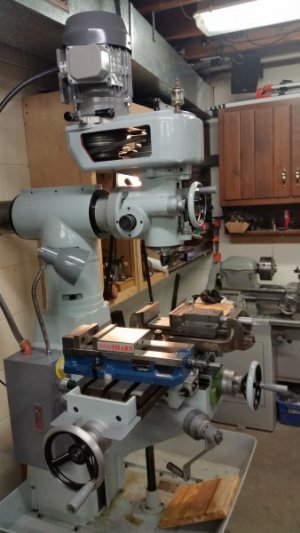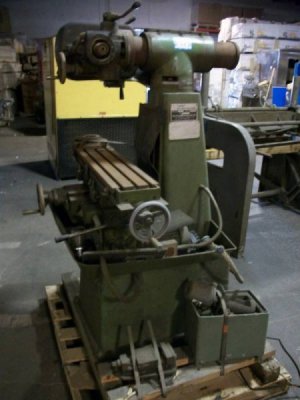- Joined
- Jul 2, 2014
- Messages
- 7,594
This thread is missing the most important information -- what do you plan to do and make with the mill? All we know is a 1" hole in steel, which is a challenge for smaller bench mills. If you will be doing light work on aluminum for model engines and such, you will have a much different need than if you want to mill bigger chunks of cast iron and steel. A small to medium sized knee mill can be disassembled to table, knee, column, ram, and head pretty easily, then put back together in place. The parts would still need to be wrestled into place, but if you can walk through the entrance, you can move the parts. If you only need a light mill, then go that direction, though I find light bench mills frustrating due to lack of rigidity. Good work on hard metals of any real size takes rigidity and power or it rapidly becomes tedious and maddening. I have a Burke Millrite (like a 3/4 size Bridgeport), and am totally satisfied with it for what I do, but I also have easy access to a 3 car garage that still has room for one car. YMMV.



